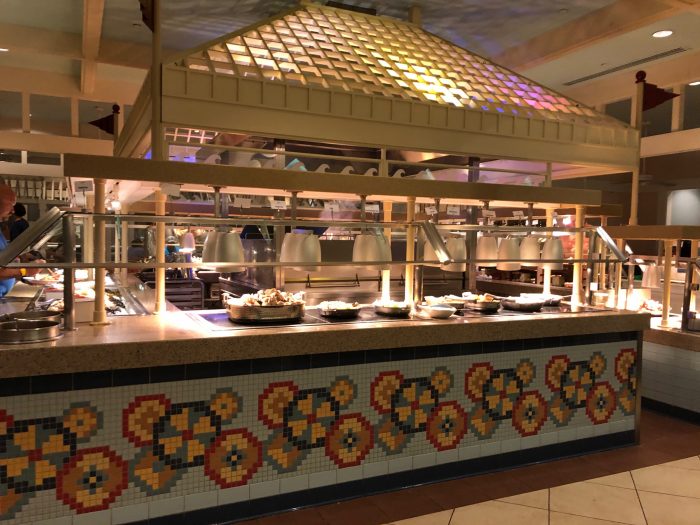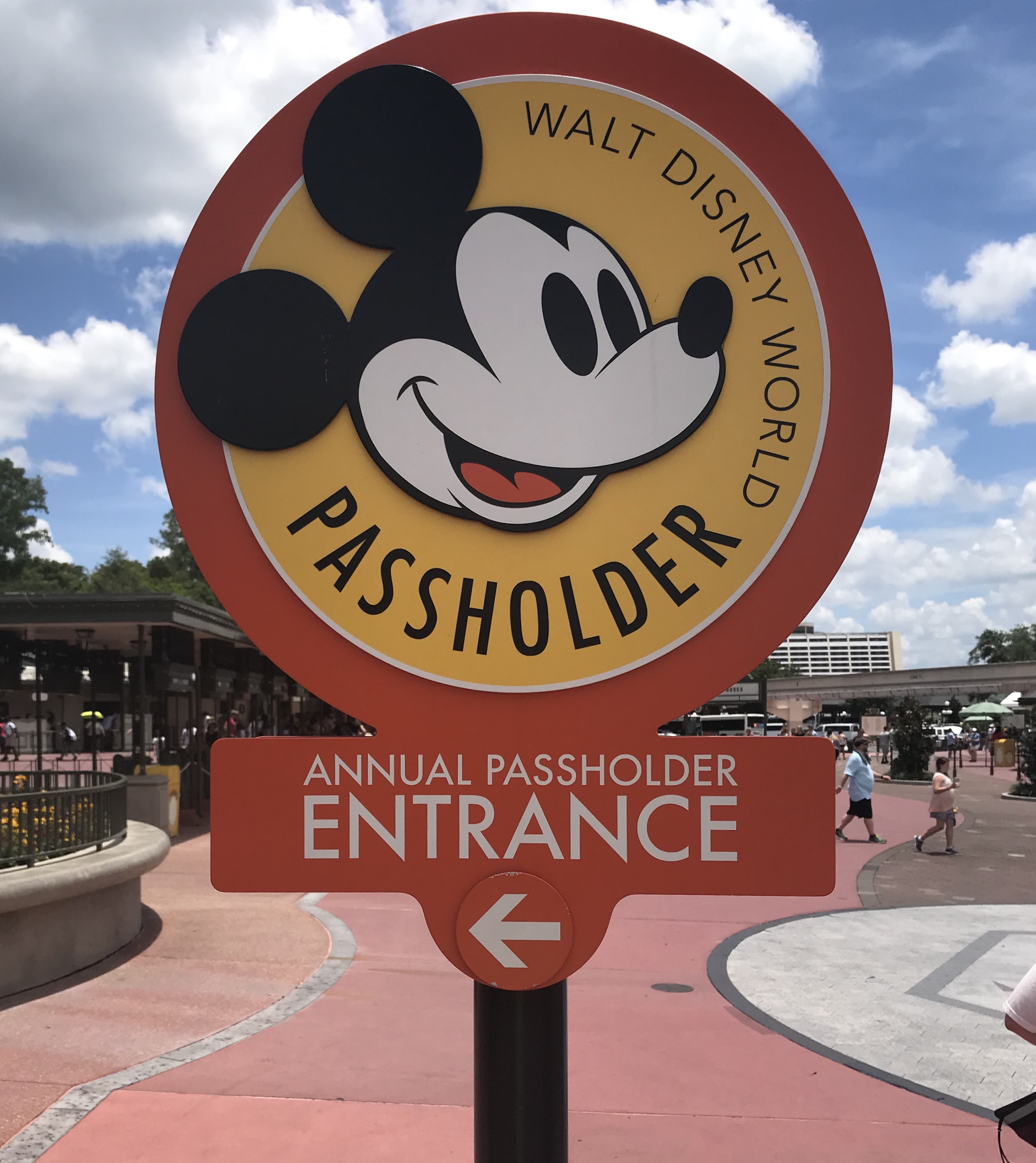How Disney Parks Will Be Different in Two Years
In the wake of Coronavirus, Disney executives are debating some dramatic changes to park operations.
Nothing’s set in stone yet, but it’s fair to wonder which changes are likely to occur. Here are a few ways Walt Disney World will look different in a couple of years.

Auto-Opening Doors
Some ideas appear so obvious in hindsight that people wonder why they weren’t done in the first place. To wit, Disney should have auto-opening doors.
Now, before you get pedantic, yes. Disney does have auto-opening doors at some locations on the campus. The pertinent question is why they all aren’t.


Auto-opening doors represent a kind of necessary scientific magic. When you stand on a pressure sensor, the door acknowledges your presence and springs to life.
While you watch, the door opens, thereby saving you the aggravation. However, the momentary inconvenience of a shutdown isn’t the story here.


The critical part is the door handle. Hundreds of people touch these spots each day. And that aspect makes them bacterial breeding grounds.
Even before Coronavirus, park planners should have shown sensitivity to this issue. Moving forward, self-opening doors are imperative to prevent the spread of bacteria.

End of Buffets
MickeyBlog has discussed this problem a few times recently. The reality is that the entire buffet restaurant premise has collapsed after the pandemic.
A lot of people around found the salad bar gross anyway. Now, the idea of someone possibly touching your food before you do is just…No!


Photo: TouringPlans.com
In the future, we may safely expect Disney to replace the standard buffet with more thoughtful versions. I’ve mentioned ‘Ohana as the blueprint, and I believe that it’s the plan now.
At this restaurant, cast members present a giant plate of food to you. Once you’re done with one course, Disney brings you another one. If you like the current course, you can always ask for more.


So, family-style restaurants are like buffets. You can eat as much as you want. The difference is that customers don’t rifle through the various plates, serving dishes, and utensils.
A cast member, someone responsible and trustworthy, does these things instead. This employee will have exacting Disney training about the most hygienic practices.


This modest change in the acquisition of food will vastly improve the safety of Disney dining.
Better yet, as a guest, you can remain in your seat and have fun without fighting strangers for a place in line. That’s vastly preferable, right?

Facial Recognition Software
Currently, you enter theme parks by tapping your magic band against a touchpad on a kiosk. Then, you press your finger against a different touchpad.
This one verifies that your fingerprint matches the one on file. Therein lies the problem. In a post-pandemic world, fingerprint tests are a no-no.


Photo:DisneyFanatic.com
From now on, fingerprint scans are too slow for one of two reasons. In one scenario, cast members must spend too much time wiping them down after each person. In the other, reticent park guests resist the process.
Don’t worry. An easy solution already exists. Universal’s next theme park in Beijing recently earned headlines. When it opens in 2021, this park will employ facial recognition software.


Photo: Getty Images
Disney was previously rumored to weigh the benefits of facial recognition. Based on recent events, a switch to this software is inevitable.
Hidden Healthcare
Here’s a future change that you’ll never notice. It’s an essential one, though. Disney already practices some of the safest tactics in the theme park industry.


For example, Disney cleanses the water at attractions like Pirates of the Caribbean differently than at a swimming pool.
Rather than chlorine, cast members use bromine, which is much better. It’s also more expensive, which is why the YMCA doesn’t do it. And a lot of theme parks cut corners by picking chlorine.


One step Disney hasn’t taken yet is inevitable. The company will coat most park surfaces with chemicals that kill bacteria and last a long time.
Parks haven’t utilized these products, at least not in heavy volume, due to the expense. However, the pandemic has altered the calculus here.


Disney can entice more guests to return to the parks by pitching the company’s safety practices. And this one sounds good, doesn’t it?
Wouldn’t you feel better about leaning on banisters or grabbing handrails if you knew that the odds of bacterial infection were dramatically reduced?


Photo Credit: Matt Stroshane
More Digital Sales
No one can answer with certainty, but industry observers believe at least seven out of 10 admission tickets still occur at the park.
In other words, people ignore their digital options, preferring to buy tickets once they arrive at Disney.


During these transactions, people group in a tight space and await their place in line. Then, they walk up to the counter and interact in close quarters with a cast member.
Friends, that’s not great for anybody. During a pandemic, it jeopardizes the safety of both parties.


Photo: WESH
Even in the best of times, such transactions increase the odds of bacterial spread. Then, there’s the inevitable frustration that stems from frustrated customers or powerless cast members.
Disney can avoid all these problems by emphasizing digital sales. The company has already indicated that online check-in will become a requirement. Don’t be surprised if the same thing happens with ticket purchases.


Now, I’m an early adopter who embraces technology. So, this whole situation baffles me anyway.
Why would anyone plan to purchase tickets at the gate? You’re wasting valuable park time during the transaction.


Photo Credit: @bioreconstruct on Twitter
Unfortunately, this aspect does introduce a problem that’s difficult to solve. Until now, Disney has required guests to activate annual passes and some other tickets Guest Services.
Obviously, that needs to change. Otherwise, the same issues I just mentioned will still occur, only for different reasons. Even two years from now, Disney will still face significant obstacles it must overcome.

Temperature Checkpoints
I keep pointing out how Disney implemented several changes after 9/11, many of which were in place for years afterward. Once Disney adapted, its theme parks embraced the positives of these changes.
One of the open secrets about a theme park visit involves germs, colds, and influenza. Highly populated areas can lead to viral outbreaks, which is what got us in this mess in the first place.


Disney can reduce this danger before guests come through the entrance. Temperature checkpoints will place the onus on visitors to show that they’re not sick.
Frankly, this step is long overdue. While I understand that some people have concerns about the slowness of this step, it’s a non-issue.


High-quality handheld temperature scanners work in seconds. They will take less time than a confused person trying to remember which finger they linked to their Magic Band.
A cast member will point the scanner at the person’s forehead to verify a normal temperature. Anyone whose temperature is abnormally high shouldn’t go to a theme park anyway.










